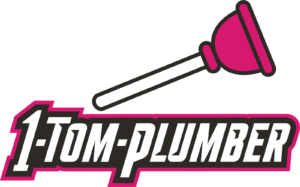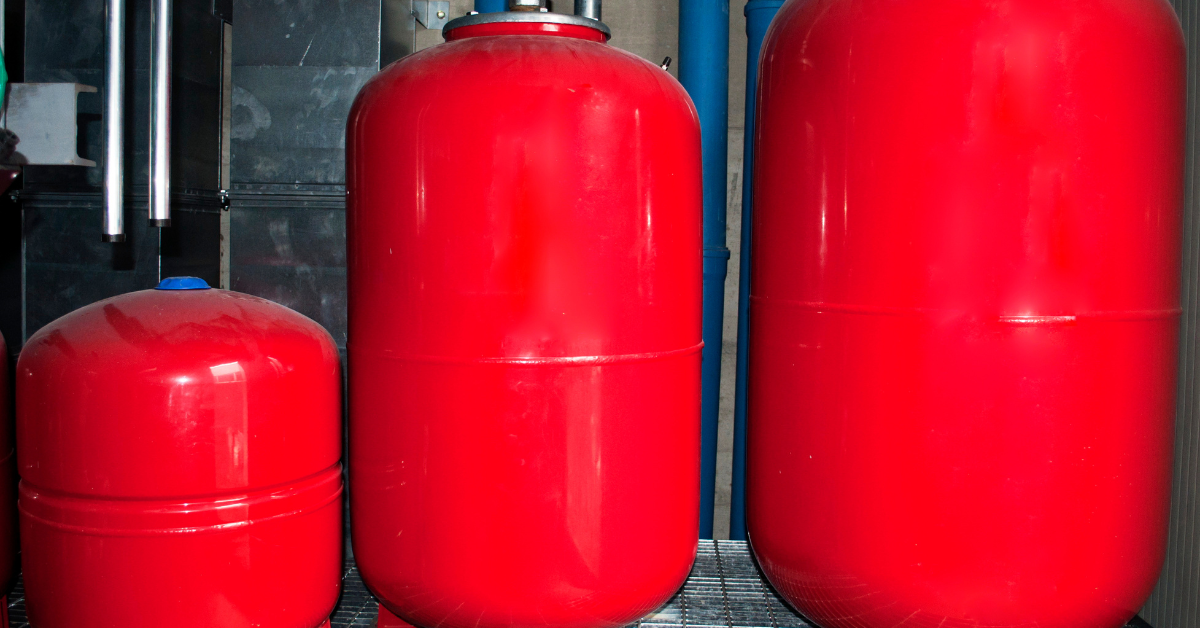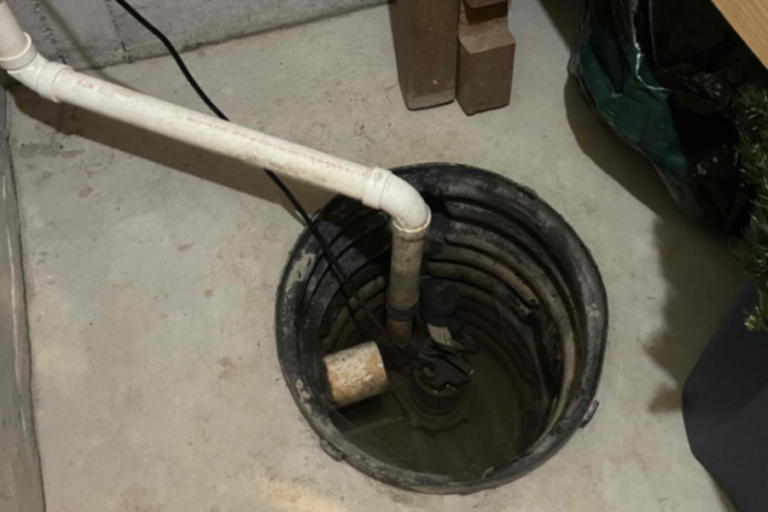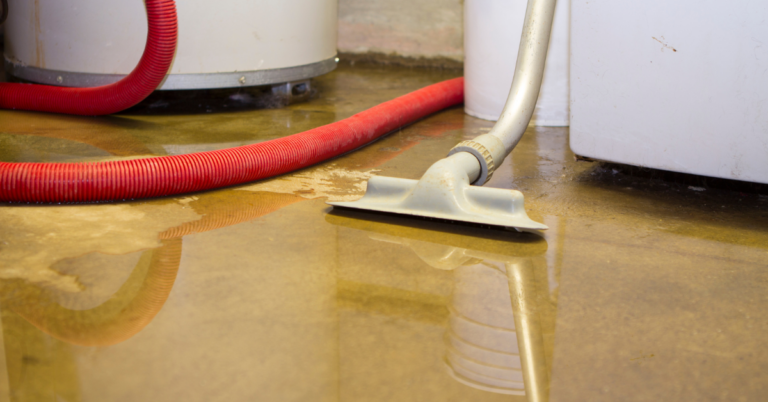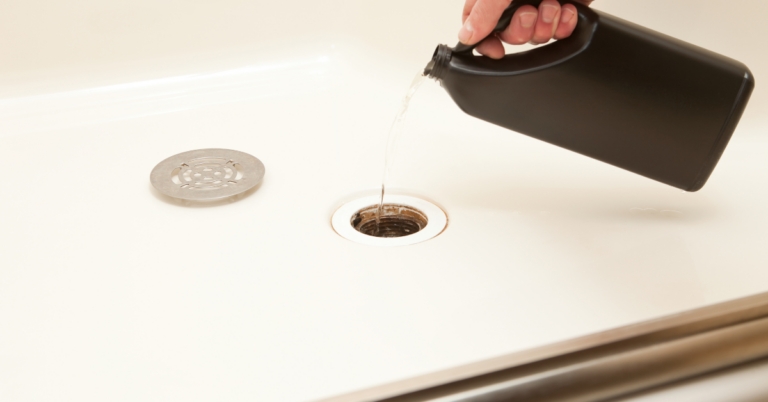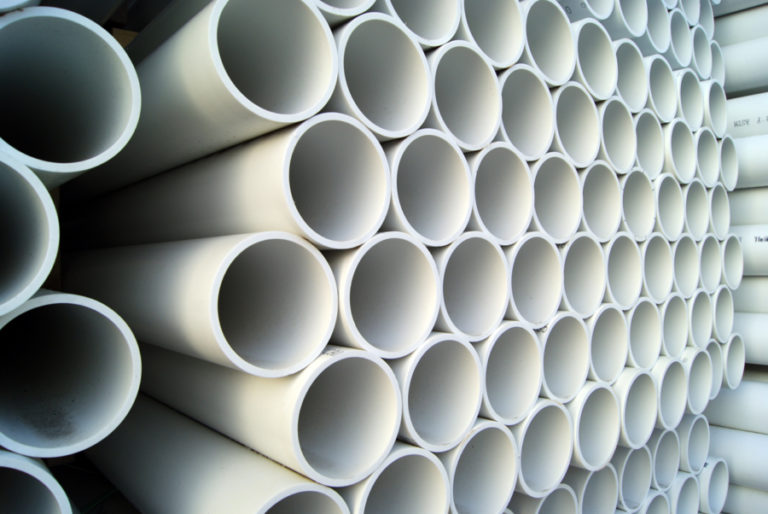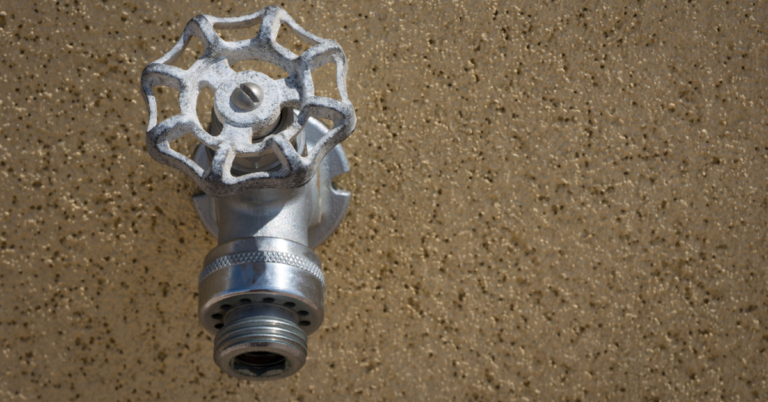Well Pressure Tanks and How to Maintain Them
A well pressure tank is essential for keeping a home’s well water system functional and healthy. Despite the fact that they are designed to last at least ten years, even more recent models occasionally experience problems.
However, if you neglect issues with it, you may be forced to replace your well pump much sooner than you anticipated. The entire water system in your home is put at risk when a it does not perform as planned.
Table of Contents
What is a Well Pressure Tank?
A well system’s main component is the well pressure tank. It is a container used to transport pressurized water from a well pump inside a house. The pressure inside the tank rises as a result of the air being compressed while the pump fills it with water. When the it is drained of water, the pressure drops to a predetermined cut-off point, which activates the pump and refills the tank.
Pressure rises as the pump fills up until a cut-off point is reached. The pump shuts off at this cut-off pressure and won’t start up again until the tank pressure drops below the cut-on pressure. By reducing the number of times the well pump must turn on and off, a well pressure tank extends the life of the pump. If the pump is properly sized, the frequency of pump activation decreases as tank capacity increases.

Bad Well Pressure Tank Warning Signs
Fortunately, if a problem with is developing, there will be telltale signs. It’s critical to detect these signs that it has been damaged so you can take immediate action. Here are some typical warning indications that your it may be malfunctioning:
Difference in Water Quality
If the water flowing from your faucets suddenly changes in appearance, consistency, or flavor, there may be an issue with your well, pump, or pressure tank. It’s quite likely that your well water is contaminated if you notice sand in your water, aromas, or color changes. Stop using your water until the issue is fixed and call in the experts.

The Pressure Tank is Empty
Your tank is probably empty if none of your faucets are producing water. A broken well pump, a jammed check valve, or a leak could all be signs of low water pressure. You will most likely need a plumber to look at each of these potential problems in further detail.
Irregular Water Pressure
You might not hear the well pump turn on and off at all, depending on the model you have. If your pump is loud, you will be able to hear if the pressure changes or becomes uneven. A misreading pressure gauge is typically to blame for this.
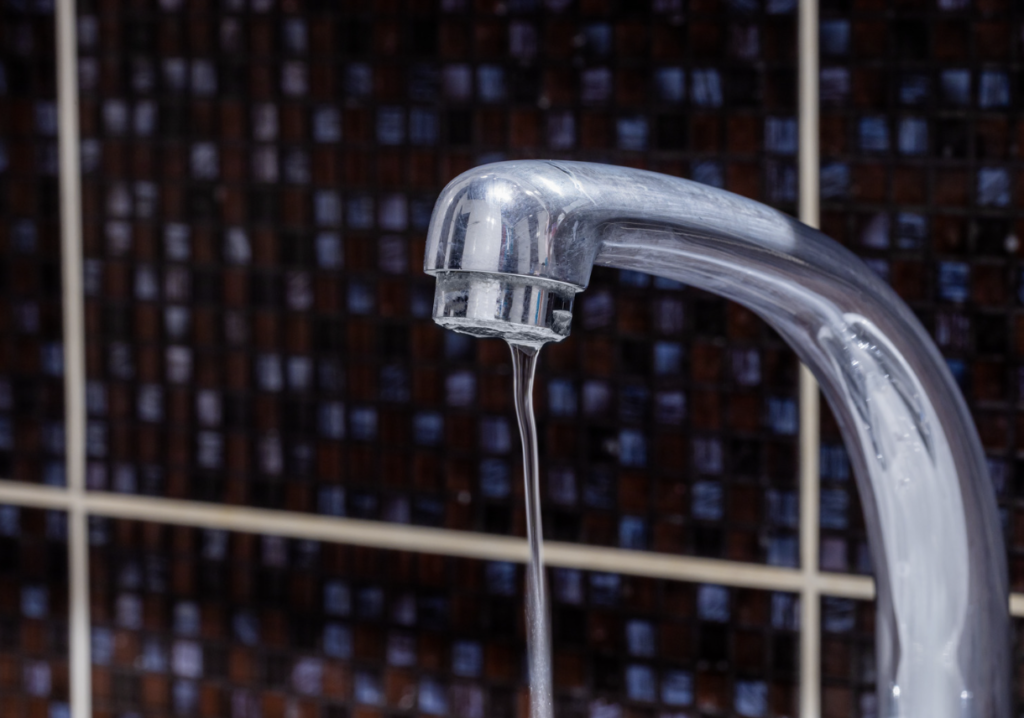
Waterlogged Pressure Tank
When a tank is waterlogged, it indicates that there is an imbalance between the amount of water and air present. To keep the water and air separate inside the tank, a rubber bladder swells and compresses inside the tank. The pressure inside the tank decreases when this bladder bursts because the water and air are no longer kept separate.
As a result of the tank’s pressure dropping, the pump does not shut off, causing the tank to take in too much water. A waterlogged tank will result in visible changes in water pressure since air is required to create pressure inside the tank. Unfortunately, the pressure tank’s bladder cannot be repaired, prompting the replacement of the tank entirely.
Final Thoughts
In conclusion, knowing how to maintain your well pressure tank can save you from a ton headache down the road. If you start to notice some of these warning signs that I mentioned above, we recommend to call a professional to inspect the situation and resolve the problem.
Call 1-Tom-Plumber
Don’t hesitate to contact us here or call us at 1-Tom-Plumber (1-866-758-6237) if you need any plumbing help with your faucets. 1-Tom-Plumber’s certified team of plumbers and drain technicians respond immediately to any emergency plumbing, drain cleaning, or water damage problem.
We also handle the excavation of underground water lines and sewer main lines. Our immediate-response team is available every day and night of the year, even on holidays.
